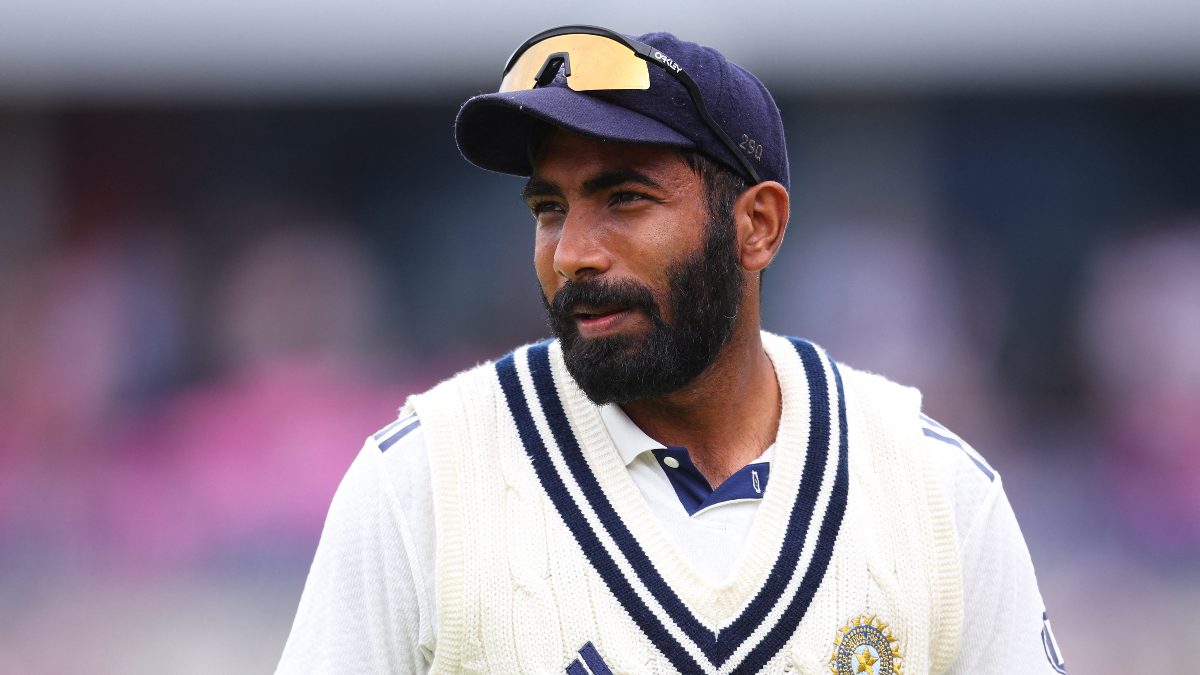The early years of the Indian Premier League saw some impostors parading as players. Some of them ‘chucked’, some fudged their birth certificates and a few even had dinner dates with bookies. Half way through IPL’s first phase came along this lad with a bowling action that was wonky. His run up was that of a foal who pranced about on a ranch, relishing his new found freedom; his delivery stride, a coach’s nightmare. “Another joker,” I told myself and I recall tweeting: ‘He won’t find a place in a Mumbai club side!’ Four years later, I am eating my words, and relishing them! This guy, named Jasprit Bumrah, is the best limited overs bowler in the world. He is a thinker and a quick learner. He is also mentally tough and has tremendous self-belief. In a tweet the other day, Scott Styris, former Kiwi all-rounder and commentator stated that New Zealand would have won both the ODI series and the T20 series if it wasn’t for Bumrah. Great tribute! The boy with the comical action is now a match and series winner! In a recent win against the itinerant Kiwis, a match that went to the wire, Bumrah bowled the final over. After he had executed his task equably and professionally, he was asked if the pressure and the crowd’s expectations didn’t bother him. “I just don’t think about the result, so external factors don’t matter. I focus on bowling each ball, separately, according to plan and that’s it,” he replied. [caption id=“attachment_4204285” align=“alignnone” width=“825”]  Jasprit Bumrah. Illustration courtesy Austin Coutinho[/caption] Born in Ahmedabad on 6 December 1993, he lost his father when he was only seven. Brought up by his mother, a teacher, he has matured beyond his years. If his teammates are to be believed, he has a short fuse; but then which fast bowler worth his salt hasn’t? Bumrah’s stats, despite having to bowl in the slog overs, are impressive. In 28 ODIs, he has 52 wickets at an average of 22.28 and an economy rate of 4.77. In 30 T20 internationals, he has picked 40 wickets at an average of 18.40 and has an economy rate of 6.74. Mentored by Lasith Malinga, as Bumrah admits, he has a lethal yorker. He mixes up his quicker delivery with cleverly disguised slower ones, bouncers and the ‘sandshoe-crusher’. What’s more, he is big-hearted. Cricketing pundits now believe that Bumrah is ready for the red ball. Glenn McGrath, Ricky Ponting and many others have suggested that he has the necessary qualities to succeed in the traditional form of the game. Recently, in an interview to a TV channel, Sunil Gavaskar thought that Bumrah, with his pace and bounce, and his variations, could be quite a handful in Tests – especially abroad. Test cricket is said to be the ultimate test of technique and temperament for cricketers; it separates the men from the boys. Some of the greatest entertainers in the limited overs format have been utter failures at the highest level. Yuvraj Singh, Suresh Raina, Glenn Maxwell, Eoin Morgan and many others are a case in point. Kapil Dev once said, “Test cricket is a different sort of game altogether. Many players who are good for one-day cricket may be a handicap in a Test match.” The question is, therefore, would the Indian selectors be right in ‘rushing’ Bumrah into Test cricket when they have the option of playing the more experienced Umesh Yadav, Mohammad Shami, and even Ishant Sharma, along with Bhuvneshwar Kumar? Yadav is of the opinion that Test cricket, especially on the sub-continent, takes a lot out of you. Speaking to a reporter, he said that keeping your intensity high, through the five days, is tough on slow, low-bounce wickets. He therefore believed that playing Tests as well as limited overs cricket, for a fast bowler, is a tough ask. Experts and selectors would therefore do well to debate a few issues before even thinking of picking Bumrah for the five-day grind: 1. As an exceptional death-overs bowler, he can help India’s ODI and T20 sides remain the best in the world. Would including him in the Test side make him lose his edge? Would ‘horses for courses’ be a better strategy when it comes to choosing a Test side? 2. It is a known fact that he is a hard worker. He is extremely fit and thinks about adding new skills all the while. However, overwork and staleness, as has happened with so many Indian fast bowlers in the past, could affect his longevity. Would it, therefore, be a case of killing the goose that lays golden eggs? 3. His bowling action is nowhere close to being classical. His elbows - bowling and non-bowling arm - at the gather and in the delivery stride are stiff. This would naturally put additional strain on the shoulders, wrists and the back. Therefore, if he plays the entire season — Tests, ODIs and T20s, including IPL — there is a fair chance that he will develop niggles and injuries. 4. He is a master at bowling two spells of two overs each in T20s and five overs each in ODIs. How good will he be when he has to bowl four or five spells of five overs each over the entire day in Test cricket? Will he also be able to recover — mentally and physically — to come back fresh the following morning and bowl a few spells more? 5. The white ball, of which Bumrah is a master, is said to swing and sting more than the red ball. Primarily a bowler who swings the white ball into the right-handed batsman, he has of late, developed the ball that swerves away, a bit, with a slight change in the wrist position. Will he be able to do that with the red ball? In domestic cricket, with the red ball, he has picked 89 wickets in 42 innings and has a strike rate of 56.3. If Bumrah was to be tried out in Tests, he would ideally have been picked to play the Sri Lankans, at home, this November-December. Blooding him on the tour of South Africa, perhaps, wouldn’t be a good idea, despite the bouncier wickets there. By performing extraordinarily well in the shorter versions of the game, has Bumrah put himself and the selectors in a dilemma? Expert opinion is all for his inclusion. It is the selectors and the team management who will now have to take a call. Will they or won’t they? The author is a caricaturist and sportswriter. A former fast bowler, he was a Mumbai Ranji probable in the 1980s. He has also mentored some top cricketers and footballers.
By performing extraordinarily well in the shorter versions of the game, has Jasprit Bumrah put himself and the selectors in a dilemma?
Austin Coutinho is a sportswriter and cartoonist based in Mumbai. Formerly a fast bowler who was a Ranji Trophy probable in the 1980s for the city, Coutinho retired as senior manager (CRM) from Rashtriya Chemicals & Fertilizers in December 2014. Coutinho was former president of the Mumbai District Football Association, a coaching committee member of the Mumbai Cricket Association, and a member of Maharashtra’s Sport Committee. A coach and mental trainer, he has mentored some top class cricketers and footballers. Coutinho has also authored 6 books on sport and has contributed articles, cartoons and quizzes to some of the best newspapers and sports portals in the country. see more


)

)
)
)
)
)
)
)
)



